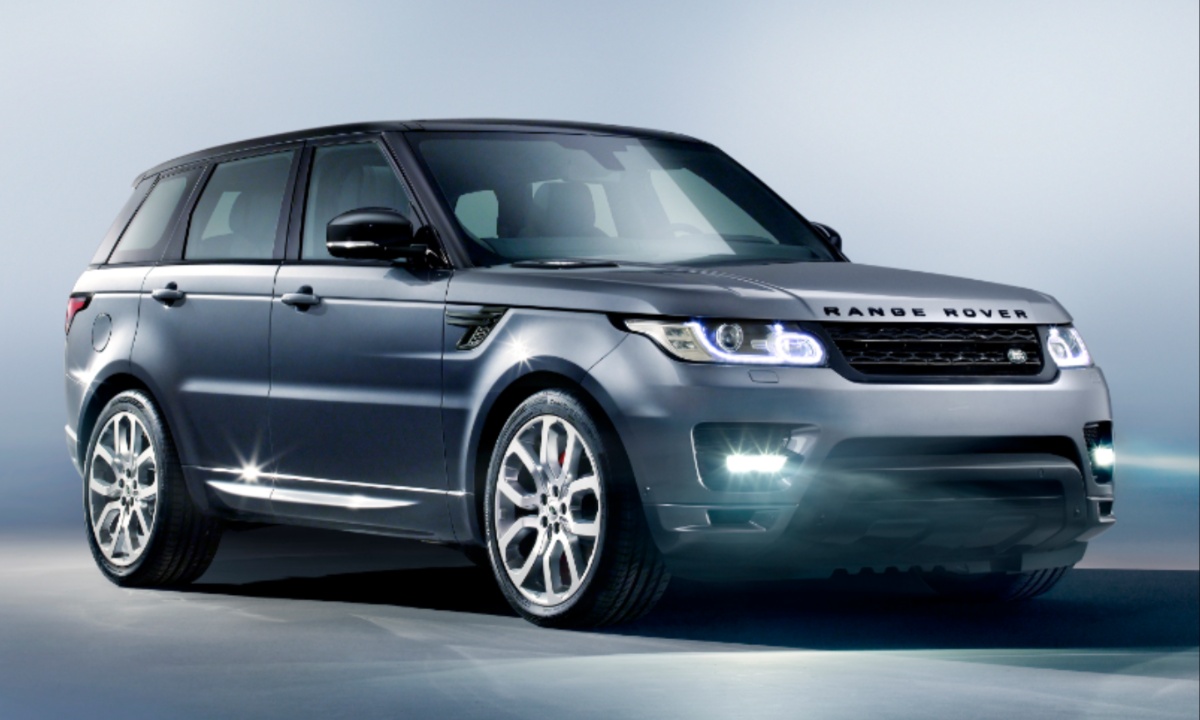Owning a car means accepting that repairs and maintenance are part of the journey—but not all vehicles treat your wallet equally.
Sometimes, a seemingly minor issue like a faulty sensor, power window failure, or broken taillight can unexpectedly balloon into a four-figure expense, leaving drivers shocked at the final bill.
This is especially true for certain makes and models where labor-intensive designs, expensive proprietary parts, or complex diagnostics drive up repair costs, even when the fix itself isn’t major.
On the other side of the equation are vehicles engineered with affordability and serviceability in mind. These cars not only boast lower parts costs but are also built in a way that makes common fixes quicker and easier for technicians.
The result? Predictable, manageable repair bills that keep ownership stress to a minimum—even as the miles add up.
This article explores both ends of the spectrum. First, we’ll examine five cars where minor repairs regularly total over $1,000, highlighting the reasons behind their expensive reputations.
Then, we’ll shift to five models that are surprisingly affordable to maintain, where even out-of-warranty issues don’t hit your finances too hard.
Whether you’re buying your first used car or rethinking your next purchase, knowing which vehicles drain your wallet—and which ones don’t—can help you make smarter decisions.
Also Read: 5 Cars That Still Get Good Mileage at 200K Miles and 5 That Don’t Move Without Fuel
5 Cars Where Minor Repairs Total Over $1,000
It’s one thing to anticipate a high repair bill after a major engine failure or transmission replacement—but it’s quite another to be hit with a $1,200 invoice for something as simple as a malfunctioning side mirror or a faulty infotainment screen.
In some vehicles, what should be considered “minor repairs” end up costing a small fortune due to design complexity, brand-specific components, or limited access to parts. These aren’t catastrophic mechanical breakdowns—they’re the sorts of issues most owners assume would be relatively easy fixes.
Unfortunately, many modern vehicles—especially premium or luxury models—come packed with intricate systems, proprietary electronics, and labor-intensive designs that quickly escalate even routine repairs into four-digit expenses.
In many cases, what looks like a simple part replacement requires the removal of multiple panels, programming from a dealership-only scanner, or a long list of manufacturer-specific procedures.
In this section, we’ll take a closer look at five cars where minor repairs regularly cost more than $1,000, even for issues that would be a fraction of the price on more conventional vehicles. From European luxury sedans to over-engineered SUVs, each of these vehicles highlights how design decisions can have real financial consequences for everyday drivers.
The goal here isn’t to bash these cars entirely—many of them offer cutting-edge technology, incredible performance, or exceptional comfort. But those same features often come with a high price of ownership that extends beyond oil changes and brake pads.
By understanding where these costs come from, potential buyers and current owners can make informed decisions and avoid being blindsided the next time something seemingly “minor” goes wrong.
1. BMW 3 Series (F30 Generation, 2012–2019)
The BMW 3 Series F30 generation is a popular luxury sedan praised for its engaging driving dynamics and premium interior, but many owners quickly discover that even small repairs can become costly affairs.
What appears to be a minor issue—such as a malfunctioning window regulator, a faulty parking sensor, or an interior trim piece coming loose—can easily push repair bills beyond the $1,000 mark.
One primary reason for these steep costs is BMW’s complex engineering and tightly packed engine bays.
For example, replacing a single window motor often requires removing the entire door panel, dealing with delicate wiring harnesses, and carefully realigning sensors and switches. Labor time alone can quickly climb, especially at dealerships or specialty shops.
Additionally, BMW uses many proprietary parts that aren’t interchangeable with other vehicles, and these parts often come at a premium. Even seemingly simple components like a rearview camera or the infotainment control knob are specific to the F30 and can cost several hundred dollars new.
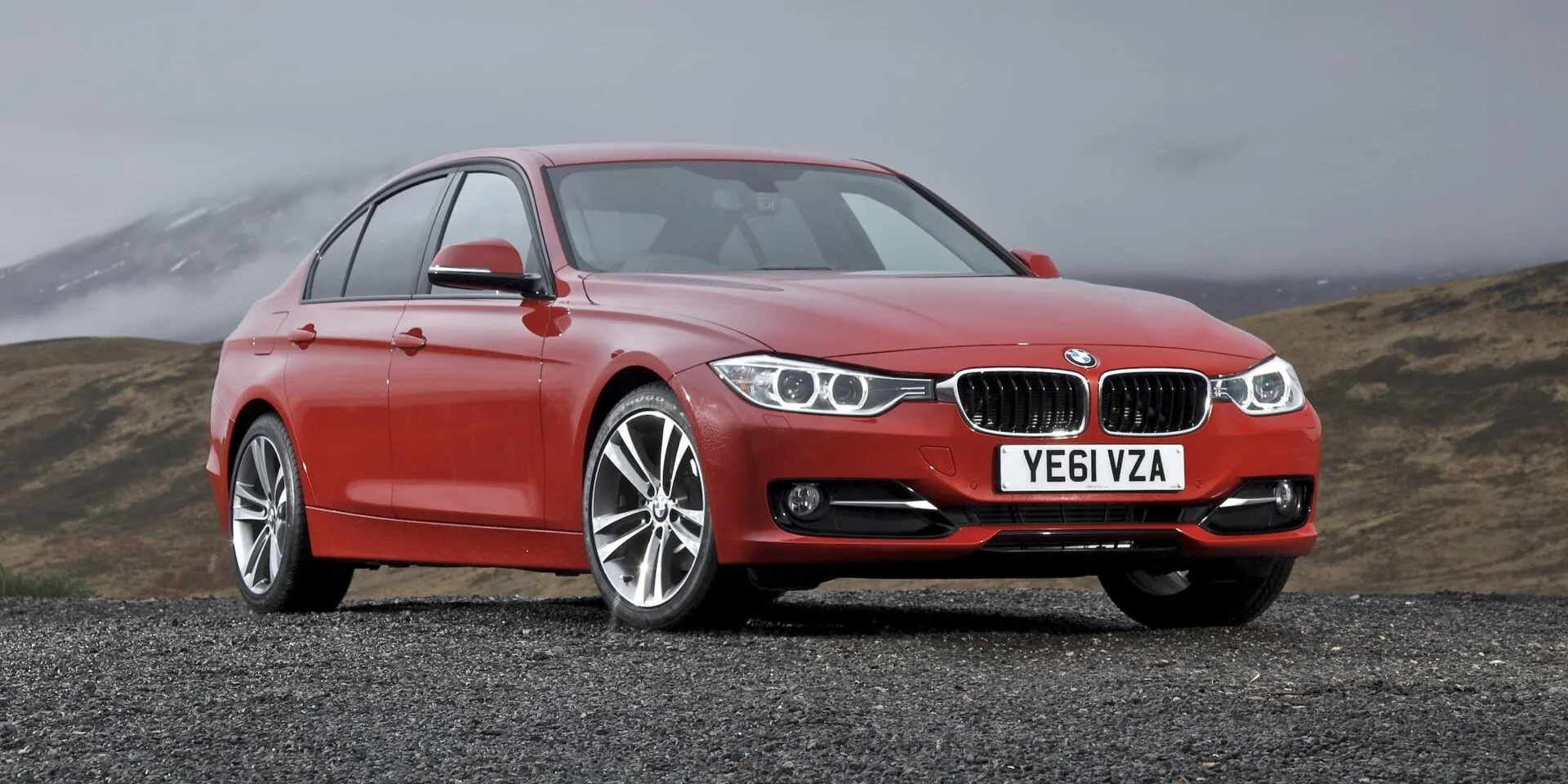
Electronics and software also contribute to repair costs. Many minor issues require dealer-level diagnostics and software updates to reset systems after repairs, adding to the labor hours and shop fees. The complex iDrive system, while intuitive for users, requires specialized tools for troubleshooting and repair.
Finally, some repairs require recalibration or adaptation procedures that further extend time and cost. For instance, after replacing suspension components, electronic steering angle sensors must be calibrated to ensure proper handling.
In summary, the BMW 3 Series F30’s engineering excellence comes at a price. Its compact and intricate build leads to longer labor times, expensive parts, and mandatory dealer involvement for many “minor” fixes.
For owners and buyers, this means budgeting extra for upkeep—even when the repairs don’t seem major at first glance.
2. Audi A4 (B8 Generation, 2008–2016)
The Audi A4 B8 is renowned for its refined ride, high-quality cabin, and advanced tech features, but owners often face shockingly high repair bills for relatively simple fixes.
Many “minor” repairs on the B8, such as replacing the fuel pump module, fixing electrical gremlins in the door locks, or swapping out a failed HVAC actuator, regularly total over $1,000.
A big factor behind these costs is Audi’s design philosophy, which favors compact, integrated components. For instance, the fuel pump assembly sits deep inside the fuel tank, meaning technicians often need to drop the tank to access the part. This process is time-consuming and labor-intensive, drastically increasing labor costs.
The B8’s interior panels and electronic systems also add complexity. Door lock actuators and window motors are tucked behind multiple layers of trim and insulation, requiring careful disassembly to avoid damaging delicate parts. Labor time to reach a single malfunctioning actuator can easily approach several hours.
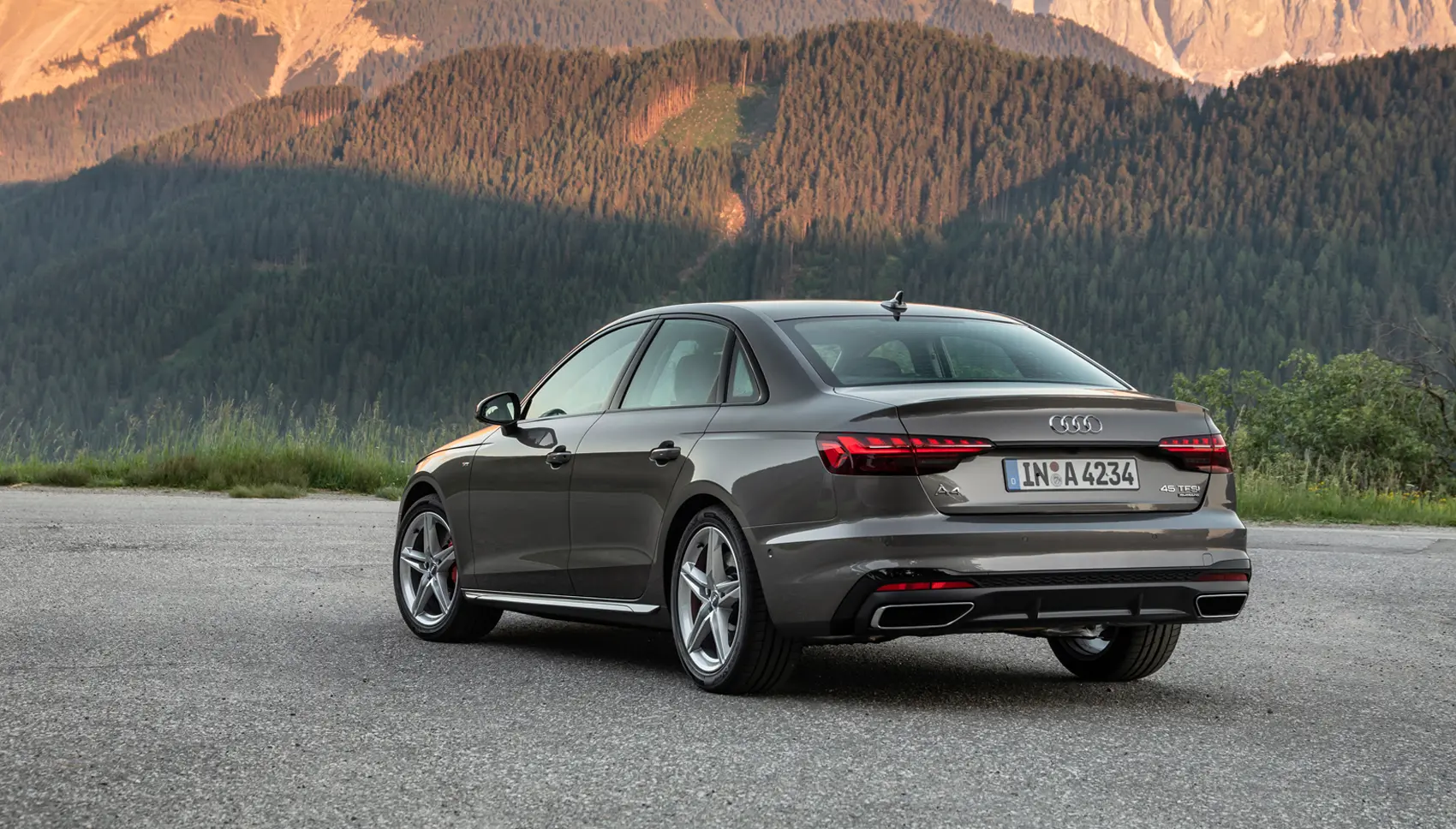
Audi’s use of specialized parts and European-sourced components also drives up costs. OEM parts for the A4 are often more expensive than comparable items for mainstream brands, and aftermarket options can be limited or unreliable.
Many repair shops recommend dealership service for software-related repairs, which increases hourly rates and diagnostic fees.
Finally, the intricate electronic climate control system in the B8 often leads to actuator failures that cause temperature or airflow inconsistencies. While swapping out an HVAC actuator may seem straightforward, recalibrations and diagnostics afterward add to the total expense.
In summary, the Audi A4 B8’s advanced technology and premium build come with a tradeoff: minor repairs tend to require significant labor and costly parts, making the ownership experience more expensive than many expect.
3. Range Rover Sport (L494 Generation, 2014–2022)
The Range Rover Sport L494 combines off-road capability with luxury, but owners often discover that even minor repairs can quickly escalate beyond $1,000. Known for its complex electronic systems and premium materials, this SUV’s maintenance costs can be a burden, especially when seemingly small issues arise.
A key factor in its high repair costs is the vehicle’s intricate air suspension system. Simple components like air springs or height sensors often fail, and replacing them involves time-consuming disassembly.
For example, a minor leak in an air spring requires removing the wheel and suspension components to access and replace the faulty part, often accompanied by a costly system reset.
Electronics also complicate many repairs. The L494 is loaded with sensors, cameras, and advanced driver-assistance features, many of which require specialized diagnostic equipment and software calibration after part replacements.
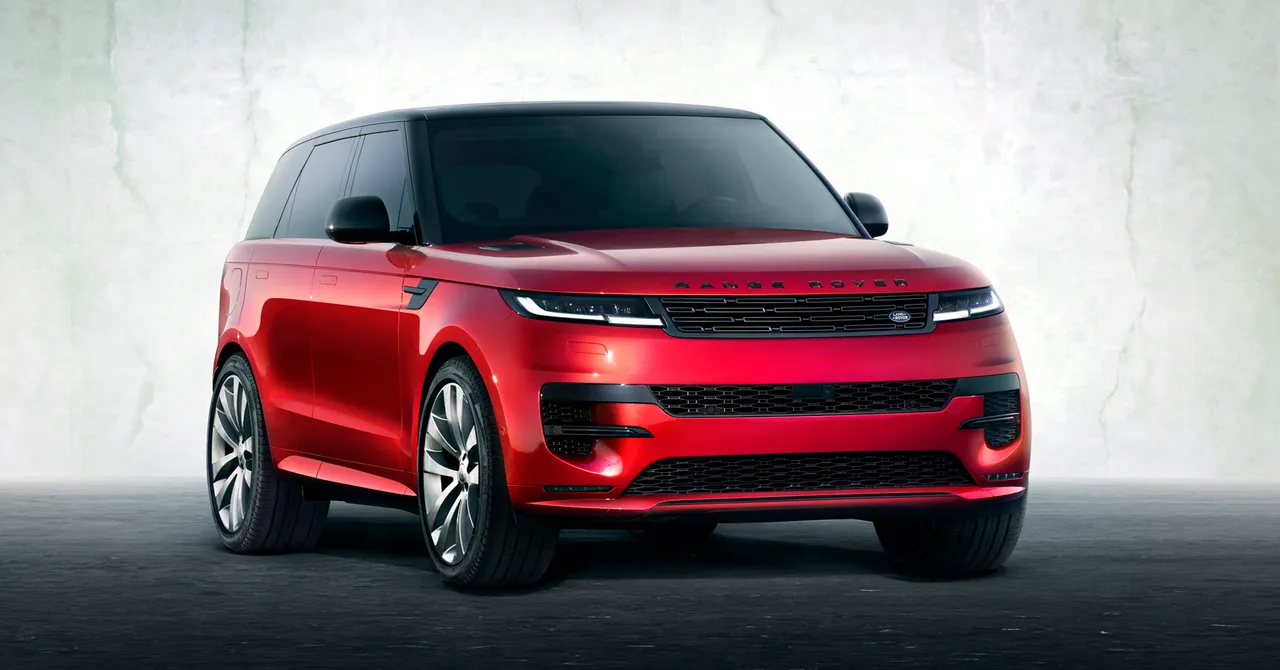
A failed parking sensor or camera module isn’t just a plug-and-play fix; it often demands dealer-level programming.
Interior repairs add to the expense as well. The premium leather upholstery and high-end trim require careful handling during repairs. Even fixing a minor tear or replacing a cracked wood panel can be surprisingly costly due to the price of parts and labor-intensive removal processes.
Additionally, the engine bay is tightly packed with turbocharged powertrains, making access to components like turbochargers, intercoolers, or sensors difficult and labor-intensive. This complexity drives up labor hours and shop rates.
In summary, the Range Rover Sport’s luxury and technology-rich design come at a high cost of ownership.
Minor repairs that would be straightforward on simpler SUVs frequently require extensive labor, specialized tools, and costly parts, pushing bills well beyond the $1,000 threshold.
4. Tesla Model S (2012–Present)
The Tesla Model S is widely celebrated for its electric powertrain, innovative technology, and impressive performance. However, owners often encounter surprisingly high repair costs for what might be considered minor issues, especially on older or early production models.
A major contributor to expensive minor repairs is Tesla’s unique construction and proprietary parts. For example, replacing a simple door handle mechanism—a common failure point—can run well over $1,000 due to the need for specialized parts and labor.
Unlike traditional cars, Tesla’s flush door handles are electronically actuated and integrated with sensors, making repairs more complicated.
Similarly, minor issues like malfunctioning touchscreen displays or faulty HVAC controls often require replacement of expensive electronic modules. Tesla’s vertically integrated design means many parts aren’t shared with other manufacturers, limiting aftermarket options and increasing costs.
Another factor is Tesla’s repair ecosystem. While Tesla service centers offer repairs, labor rates tend to be higher than typical independent shops, and non-Tesla mechanics often lack the training or diagnostic tools for many repairs. This limits competition and keeps prices elevated.
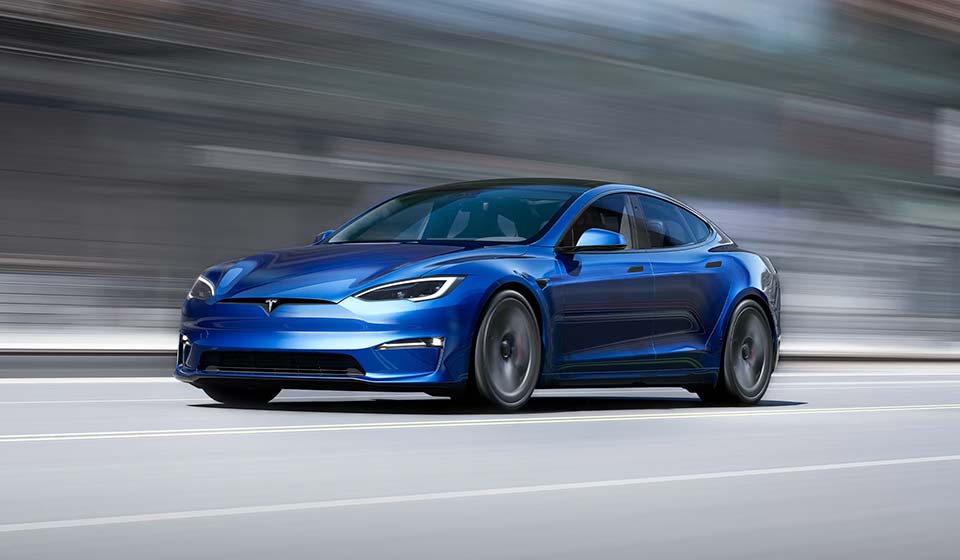
Additionally, Tesla’s aluminum-heavy body panels and structural design complicate many repairs, increasing labor time. Even minor dents or panel replacements can be costly compared to steel-bodied vehicles.
In summary, while the Tesla Model S offers cutting-edge technology and emissions-free driving, owners must be prepared for high costs on seemingly small repairs.
Its advanced design and limited repair network contribute to bills that easily exceed $1,000 for minor fixes, making ownership more expensive than many anticipate.
5. Mercedes-Benz E-Class (W212 Generation, 2010–2016)
The Mercedes-Benz E-Class W212 generation offers a blend of luxury, technology, and performance, but it’s also notorious for costly minor repairs that can quickly surpass $1,000. Even seemingly small issues like a malfunctioning air suspension compressor, a faulty headlight module, or a broken door latch can lead to expensive service bills.
One reason for the high costs is the E-Class’s complex electronic and air suspension systems. For example, air suspension failures often require replacing compressors, sensors, or air springs—all pricey parts that demand extensive labor to access and replace.
These components are also highly integrated into the vehicle’s safety and ride control systems, requiring precise diagnostics and recalibration after repair.
Electrical issues are another common source of expensive minor repairs. The W212 is equipped with multiple control modules and advanced lighting systems, including bi-xenon or LED headlights with adaptive functions.
Replacing a single headlight module or control unit isn’t straightforward and usually requires dealer-level diagnostics and programming.
Interior components also add to the repair bill. From malfunctioning seat adjustment motors to cracked wood trim, the cost of parts and labor for repairs in this luxury sedan can be steep. Many components require partial disassembly of the cabin, increasing labor hours.
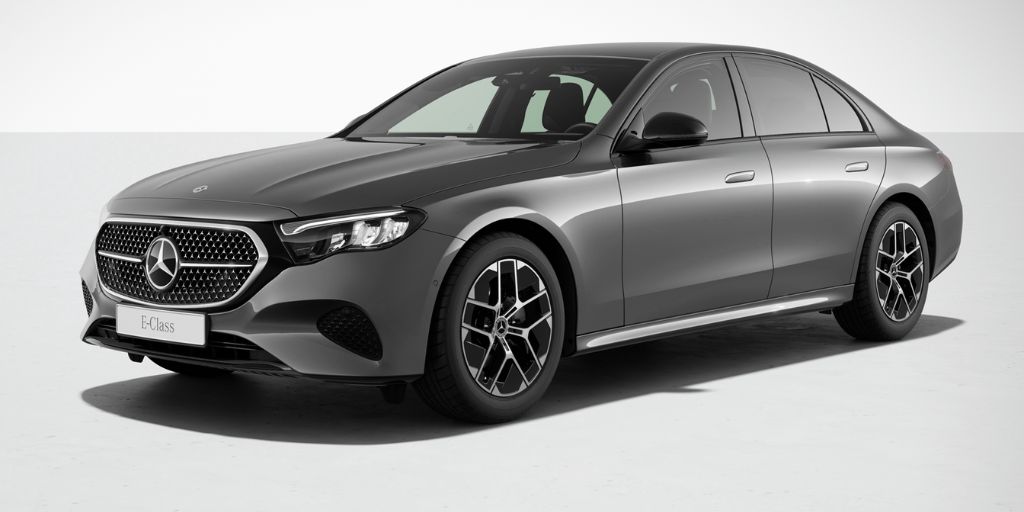
Lastly, Mercedes-Benz parts often carry a premium price tag, reflecting the brand’s luxury status and quality standards. OEM components, when needed, are expensive, and many repairs require genuine parts to maintain functionality and warranty coverage.
In summary, the Mercedes-Benz E-Class W212 exemplifies how luxury and advanced engineering translate into costly minor repairs. Owners should anticipate higher maintenance expenses, even for issues that might seem trivial on other vehicles.
5 Cars That Stay Manageable
While some vehicles have earned a reputation for racking up costly minor repairs, others stand out for their predictability and affordability when it comes to maintenance.
These cars are engineered with simplicity, durability, and serviceability in mind, making them ideal choices for owners seeking peace of mind and manageable ownership costs.
Minor repairs on these vehicles rarely spiral beyond a few hundred dollars, allowing owners to avoid unpleasant surprises in the repair shop.
Several factors contribute to a car’s reputation for manageable repair costs. One of the most important is design simplicity: engines and systems that are easy to access and service help reduce labor times and the associated expenses.
Additionally, widespread parts availability and commonality with other models help keep parts prices reasonable. Manufacturers that prioritize reliability and standardized components also tend to produce cars with fewer unexpected repair needs.
This section highlights five vehicles that consistently demonstrate a low cost of ownership when it comes to minor repairs. These cars balance solid engineering, good parts availability, and user-friendly designs that simplify the service process.
Whether it’s a stubborn check engine light or a broken power window switch, repairs on these vehicles tend to stay manageable—both in terms of parts and labor costs.
Of course, no car is immune to issues, but these models minimize the financial impact of everyday repairs. Understanding what makes these vehicles more affordable to maintain can help buyers choose wisely and current owners budget effectively for upkeep.
Next, we’ll delve into detailed profiles of each of these five cars, exploring why their minor repairs remain budget-friendly and how their designs contribute to long-term cost savings.
1. Toyota Corolla (2014–2020)
The Toyota Corolla has long been synonymous with reliability and affordability, and it consistently ranks as one of the most cost-effective vehicles to maintain.
One of the key reasons the Corolla’s minor repairs tend to stay manageable is its straightforward engineering and widespread parts availability.
Unlike many modern cars burdened with complex electronics and tightly packed engine bays, the Corolla uses a simple yet proven powertrain design that’s easy to service.
For example, replacing a malfunctioning power window motor or a faulty oxygen sensor can typically be completed in under a few hours, keeping labor costs low.
Toyota’s extensive dealer and aftermarket parts network also helps reduce repair bills. Because Corolla components are standardized across many Toyota models, parts are plentiful and competitively priced. This means owners don’t have to pay a premium for OEM replacements or resort to expensive dealership repairs for routine issues.
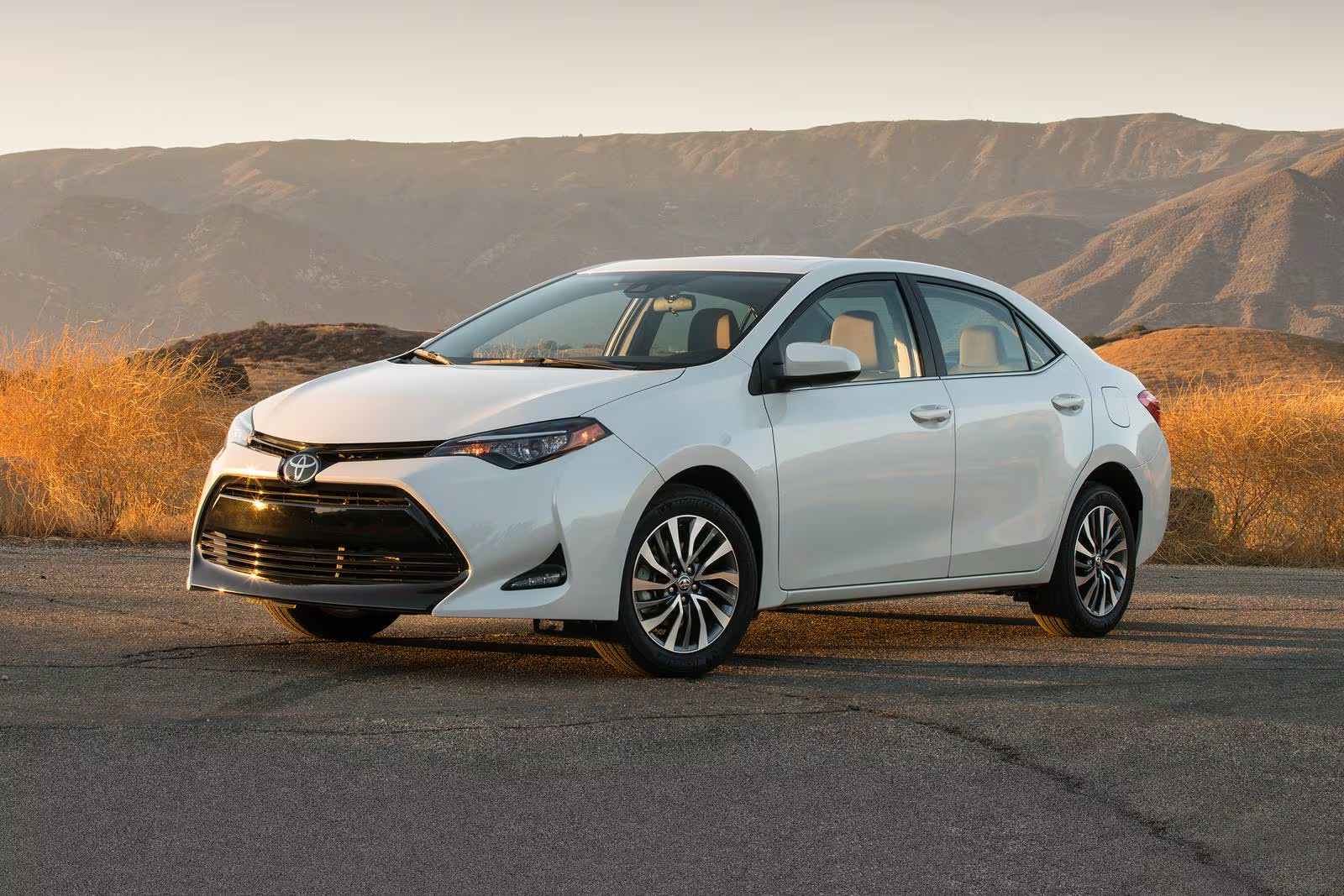
Furthermore, Toyota’s reputation for building durable and reliable components means that minor repairs often occur less frequently. This reduces the total cost of ownership, as owners can expect fewer surprise expenses from unexpected failures.
The interior and exterior designs are also user-friendly for technicians, with easy access to common repair points like the battery, fuse box, and brake components. This design simplicity cuts down on labor time and helps keep costs predictable.
In summary, the Toyota Corolla’s blend of simplicity, reliability, and parts availability makes it a standout choice for drivers seeking manageable minor repair costs. It remains a dependable, budget-friendly option in an era where repair bills can easily spiral out of control.
2. Honda Civic (2016–2021)
The Honda Civic is another excellent example of a vehicle known for its affordable and straightforward maintenance. Much like the Toyota Corolla, the Civic’s minor repairs rarely exceed a reasonable cost, thanks to Honda’s engineering focus on reliability and ease of service.
The Civic features a well-organized engine bay with components that are accessible without excessive disassembly.
For instance, replacing common parts like spark plugs, alternators, or power window regulators is typically a simple job that experienced technicians can complete efficiently. This minimizes labor costs, which is a significant factor in keeping repair bills manageable.
Parts availability is another crucial advantage. Honda’s global presence means Civic parts are widely available through dealerships and aftermarket suppliers alike, often at competitive prices. This accessibility helps keep the cost of replacement parts low and reduces wait times for repairs.
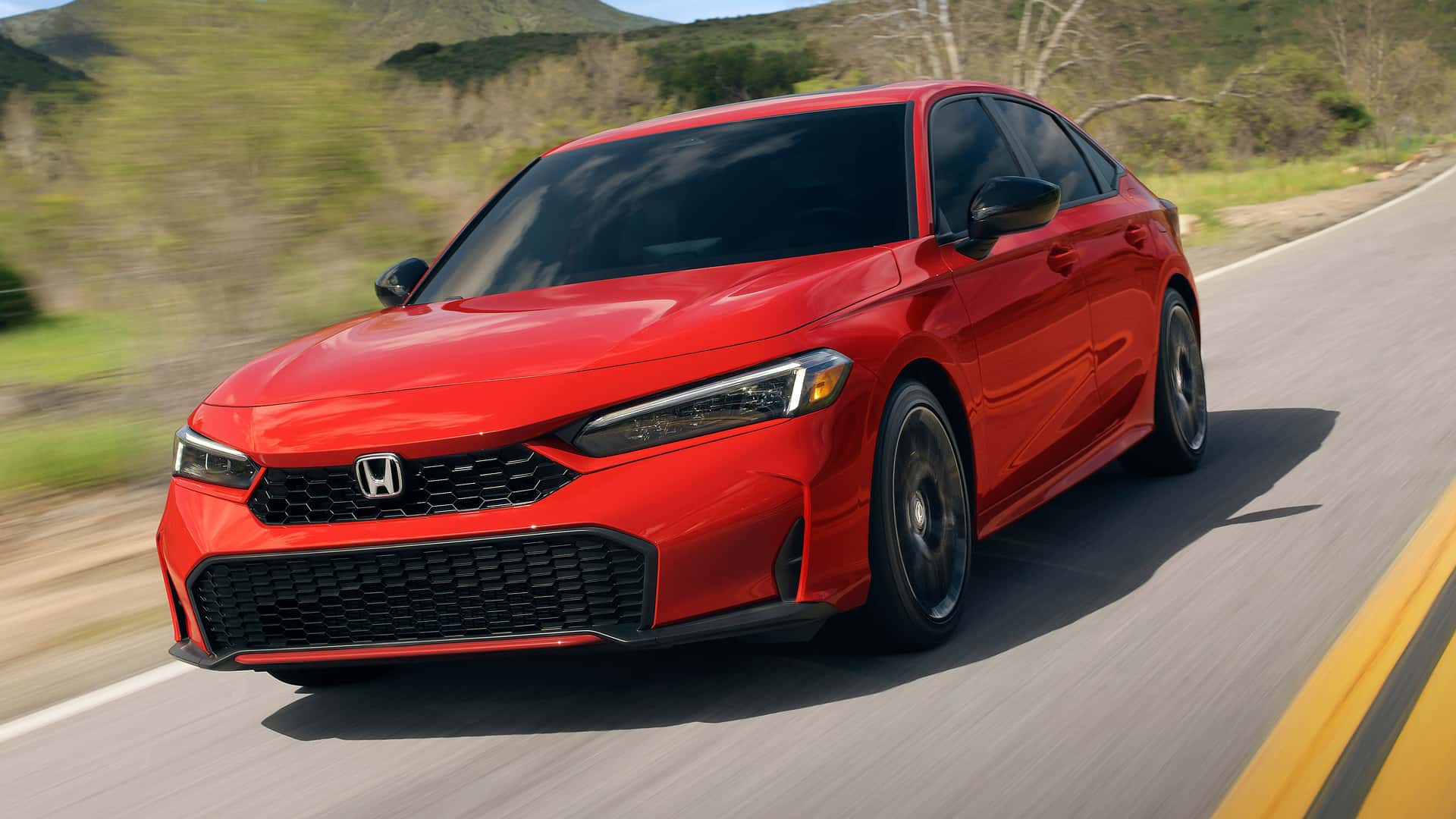
Additionally, the Civic’s electrical and electronic systems, while modern, are designed to be user-friendly for diagnostic tools and repair procedures. This reduces the need for expensive dealer-only equipment or software, enabling many independent mechanics to perform repairs affordably.
Owners benefit from the Civic’s strong reliability record as well. Issues that could result in costly repairs are less common, which means owners face fewer unexpected maintenance expenses.
The combination of thoughtful engineering, accessible parts, and reliability makes the Honda Civic a dependable choice for drivers prioritizing manageable repair costs. It continues to be a favorite among budget-conscious buyers who want a vehicle that won’t break the bank at the repair shop.
3. Ford F-150 (2015–2020)
The Ford F-150 is not only America’s best-selling truck but also known for its relatively affordable maintenance, especially regarding minor repairs.
Its widespread popularity means parts are abundant, mechanics are familiar with the model, and repair processes are streamlined—all contributing to manageable costs.
One major advantage of the F-150 is its straightforward and modular engine design. Whether dealing with a minor sensor failure, a broken power mirror, or replacing a simple ignition coil, technicians generally find it easy to access components without labor-intensive disassembly. This accessibility directly translates into lower labor charges.
Parts availability is robust thanks to the F-150’s massive market presence. Both OEM and aftermarket parts are plentiful and competitively priced, making repairs more economical. This is particularly true for common repair items like brake components, sensors, or electrical switches.
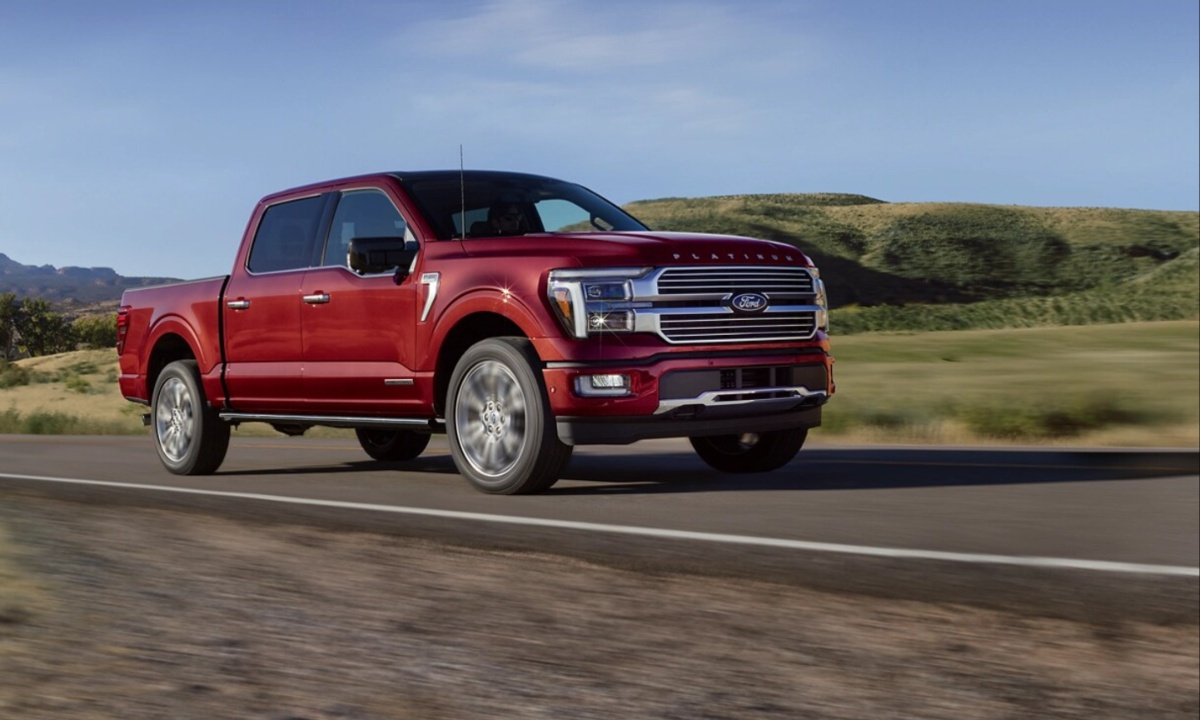
The truck’s simple interior layout also helps keep minor repairs manageable. Door panel removal and replacement of switches or motors can be done quickly, reducing time spent in the shop.
Furthermore, Ford’s continued focus on durability means minor components tend to last longer, reducing the frequency of repairs. Combined with the F-150’s reputation for ruggedness, owners often experience fewer surprise expenses than with more complex or less common vehicles.
In summary, the Ford F-150 balances rugged capability with service-friendly design and plentiful parts, making minor repairs a manageable aspect of ownership.
4. Mazda CX-5 (2017–2021)
The Mazda CX-5 stands out as a compact SUV that blends style, performance, and reliability with relatively low maintenance costs, especially when it comes to minor repairs. Mazda’s focus on simple yet effective engineering ensures that repairs tend to be straightforward and affordable.
One of the key reasons minor repairs stay manageable on the CX-5 is the vehicle’s accessible engine bay and modular component layout.
Tasks like replacing a faulty throttle body sensor, swapping out a power window regulator, or fixing a broken door lock actuator generally do not require extensive disassembly, which keeps labor costs down.
Parts for the CX-5 are also widely available and reasonably priced, thanks to Mazda’s growing presence worldwide and the vehicle’s popularity in the competitive compact SUV market. Aftermarket options are plentiful, allowing owners to save money without sacrificing quality.
Mazda’s electronic systems, while modern, are designed with user-friendly diagnostics in mind, allowing many repairs to be completed without expensive dealer-only tools or procedures. This means independent repair shops can service the CX-5 efficiently and at lower costs.

Additionally, the CX-5’s well-built chassis and durable components contribute to fewer unexpected repairs, further reducing overall ownership expenses.
In short, the Mazda CX-5 offers a great balance between modern features and serviceability, making it a dependable choice for buyers seeking manageable minor repair costs without compromising on style or driving enjoyment.
5. Subaru Outback (2015–2019)
The Subaru Outback is well-regarded for its practicality, all-wheel-drive capability, and surprisingly manageable repair costs. Despite being a rugged crossover, the Outback maintains a reputation for keeping minor repairs affordable and straightforward.
One reason for this is Subaru’s use of a boxer engine layout with accessible components that simplify routine maintenance and minor repairs. For example, replacing spark plugs, sensors, or door components usually involves minimal labor, helping keep repair bills reasonable.
Subaru’s parts availability is also strong, supported by a loyal owner base and widespread dealer network. This availability lowers parts prices and helps reduce wait times for repairs.
The Outback’s interior is designed with accessibility in mind, so common repairs such as power window motor replacements or door lock actuator fixes don’t require extensive dismantling. This user-friendly design reduces labor hours and costs.
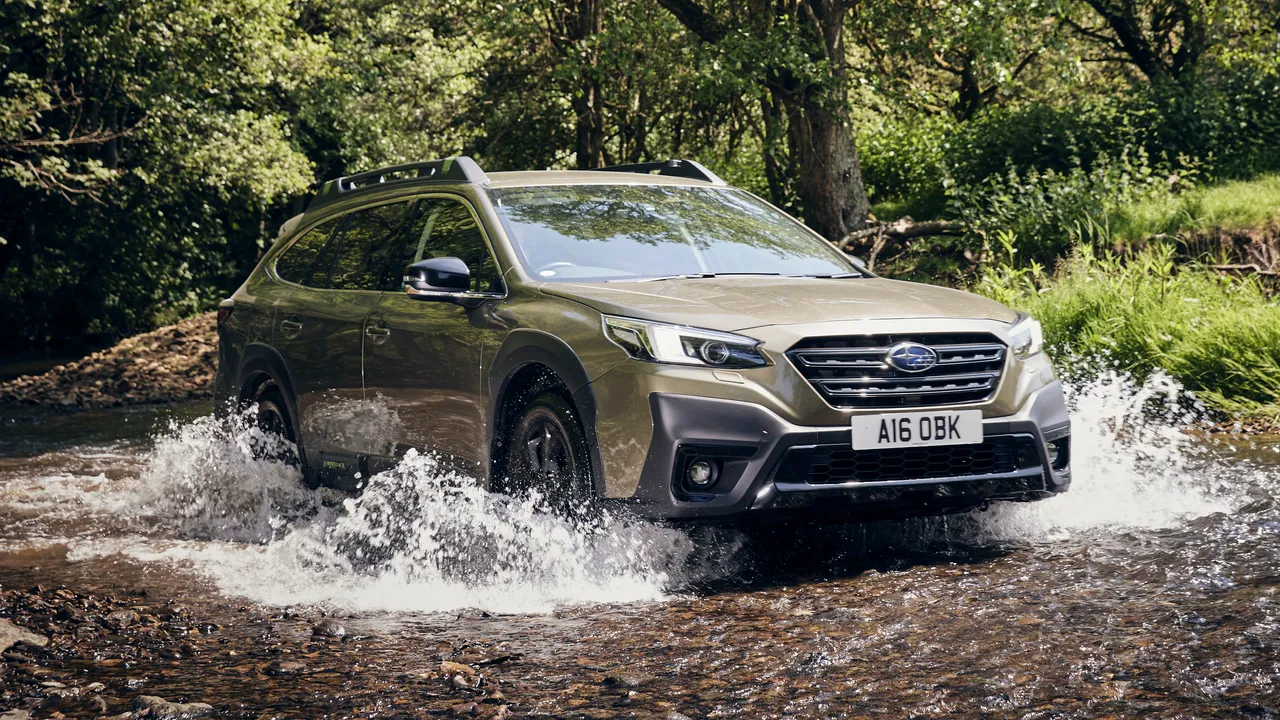
Moreover, Subaru’s focus on durability means that many minor issues are less frequent, which minimizes the cumulative cost of ownership.
In conclusion, the Subaru Outback balances capability and ruggedness with an ownership experience that avoids costly minor repairs. It’s a practical, reliable option for buyers who want a vehicle that stays manageable over time.
When it comes to vehicle ownership, the cost of minor repairs can significantly influence overall satisfaction and budget management.
This analysis of ten vehicles—five where minor repairs tend to total over $1,000 and five where those repairs stay manageable—highlights how design, engineering, parts availability, and brand philosophy play critical roles in shaping ownership experiences.
Cars like the Range Rover Sport, Tesla Model S, and Mercedes-Benz E-Class exemplify how advanced technology, complex electronics, and luxury features often lead to expensive minor repairs. These vehicles, while impressive in performance and amenities, demand specialized tools, longer labor times, and costly OEM parts.
Even small issues such as sensor failures, electronic module replacements, or air suspension repairs can escalate quickly beyond $1,000, making owners more vulnerable to steep maintenance bills.
This underlines a crucial point for buyers: cutting-edge features and luxury come with increased ownership costs, and these should be factored into purchasing decisions.
On the other hand, models such as the Toyota Corolla, Honda Civic, and Ford F-150 demonstrate how simplicity, reliability, and service-friendly design contribute to manageable repair costs.
Their straightforward mechanical layouts, wide parts availability, and strong reputations for durability keep minor repairs both frequent and affordable.
These vehicles exemplify how manufacturers that prioritize accessibility and reliability can ease the burden on owners, providing peace of mind through predictable maintenance expenses.
Understanding the balance between technological sophistication and serviceability helps prospective buyers and current owners make informed choices.
For those prioritizing low long-term costs, simpler, reliable cars tend to be more cost-effective. Conversely, luxury and high-tech vehicles may require a greater financial commitment, even for minor repairs.
Ultimately, being aware of a vehicle’s potential repair cost profile empowers owners to budget appropriately, seek preventative maintenance, and choose a car that aligns with their lifestyle and financial goals.
By weighing these factors carefully, drivers can enjoy their vehicles with fewer surprises at the repair shop.
Also Read: 5 Cabin Air Filters Placed For Easy Access And 5 That Require Disassembly

